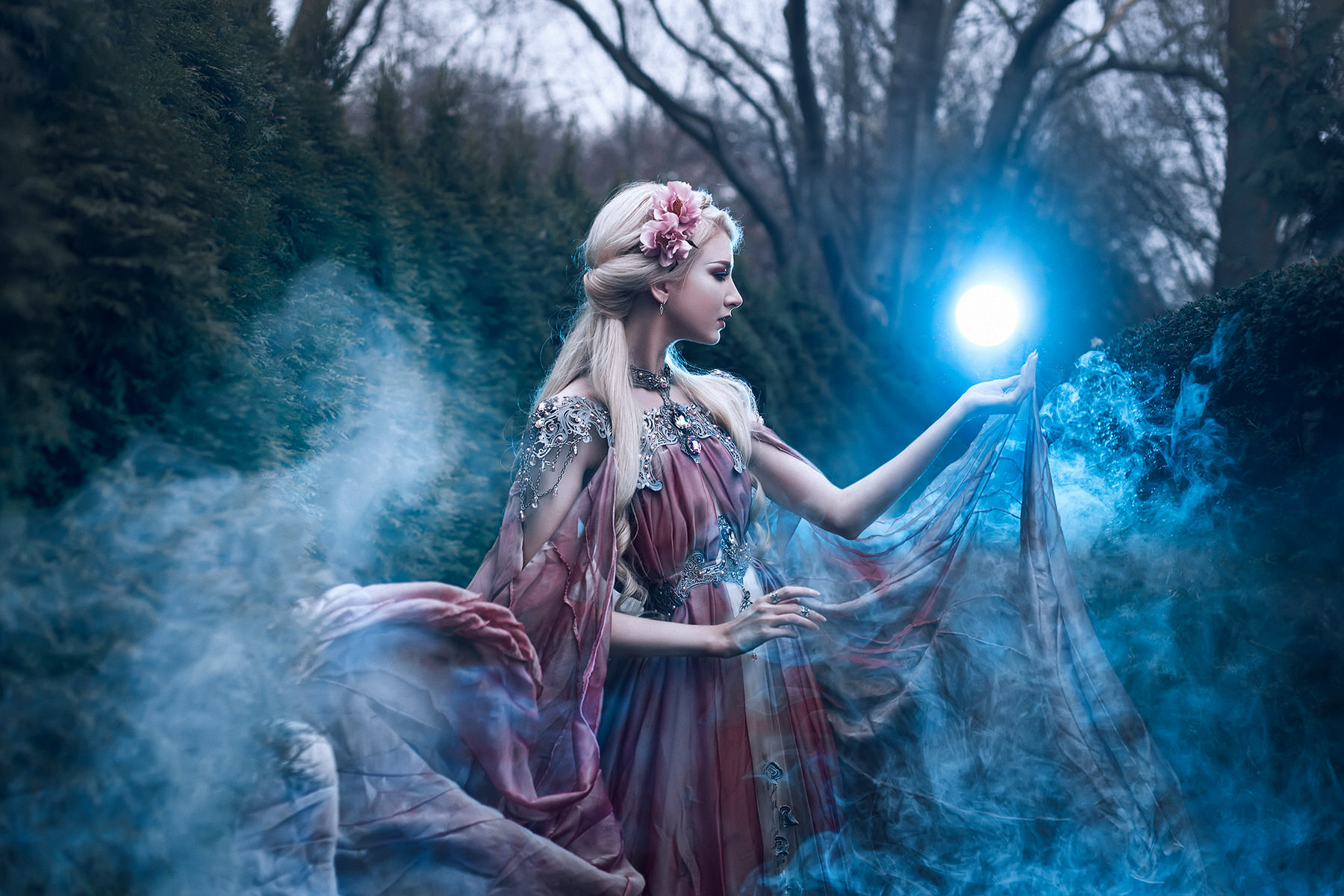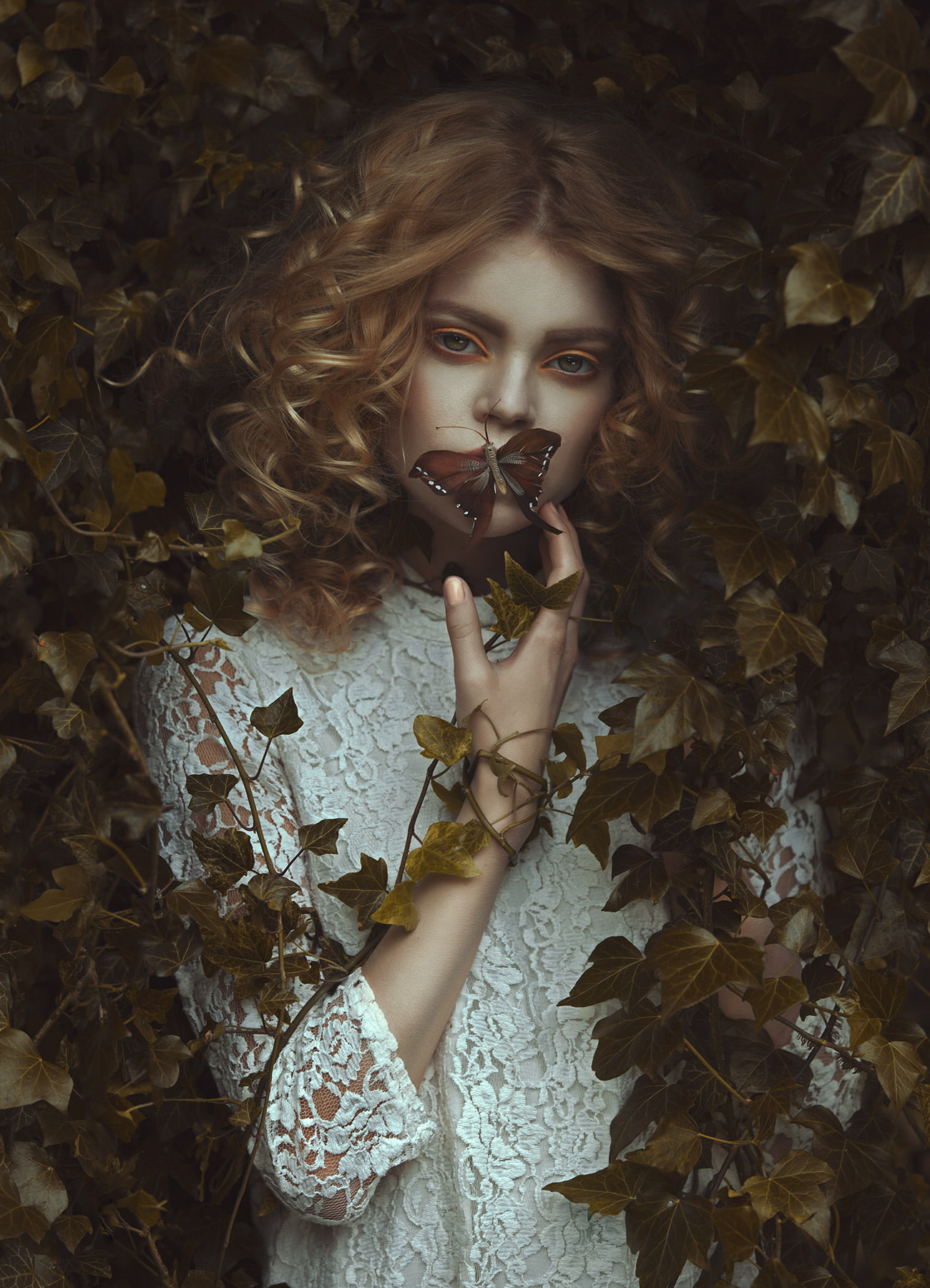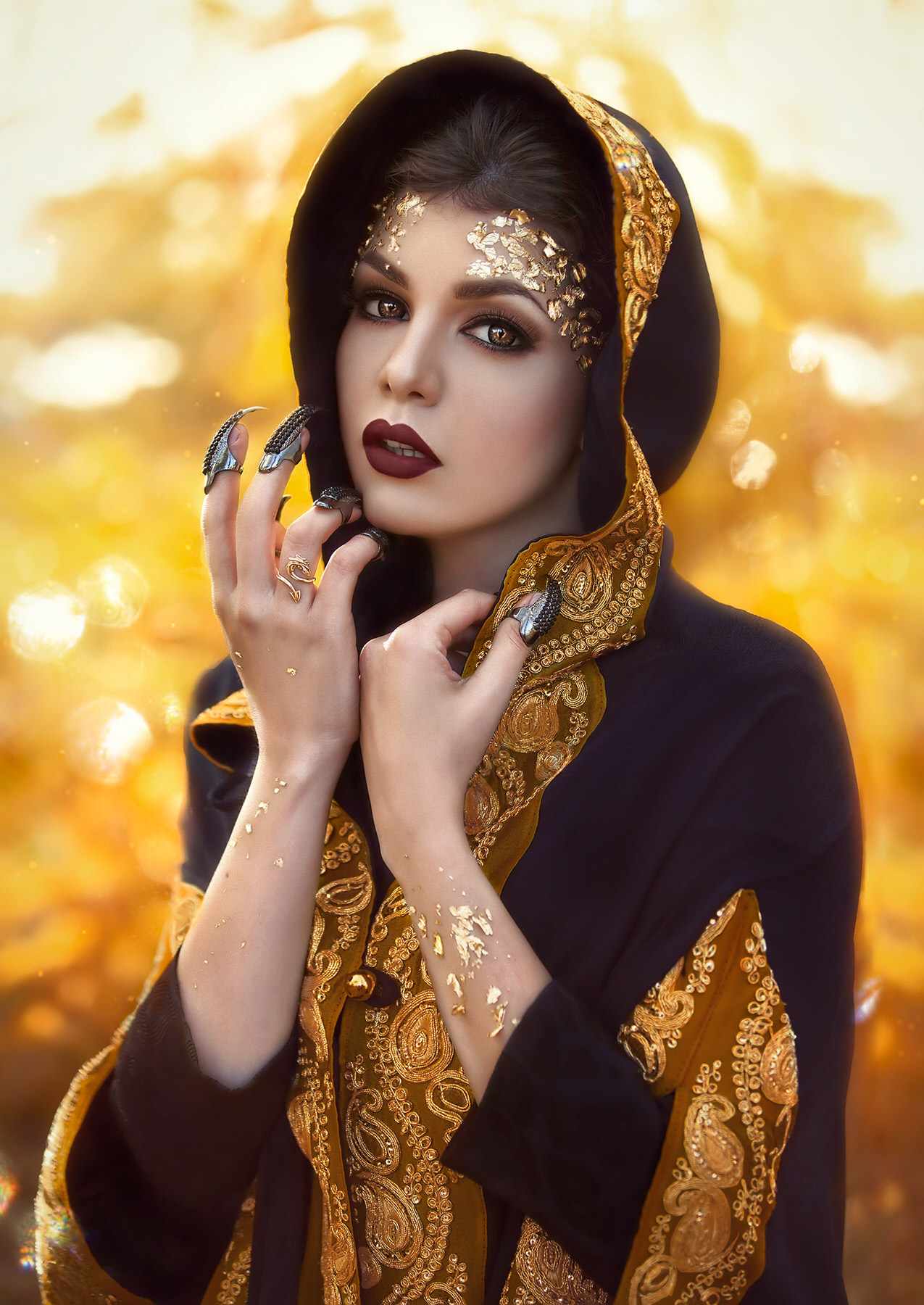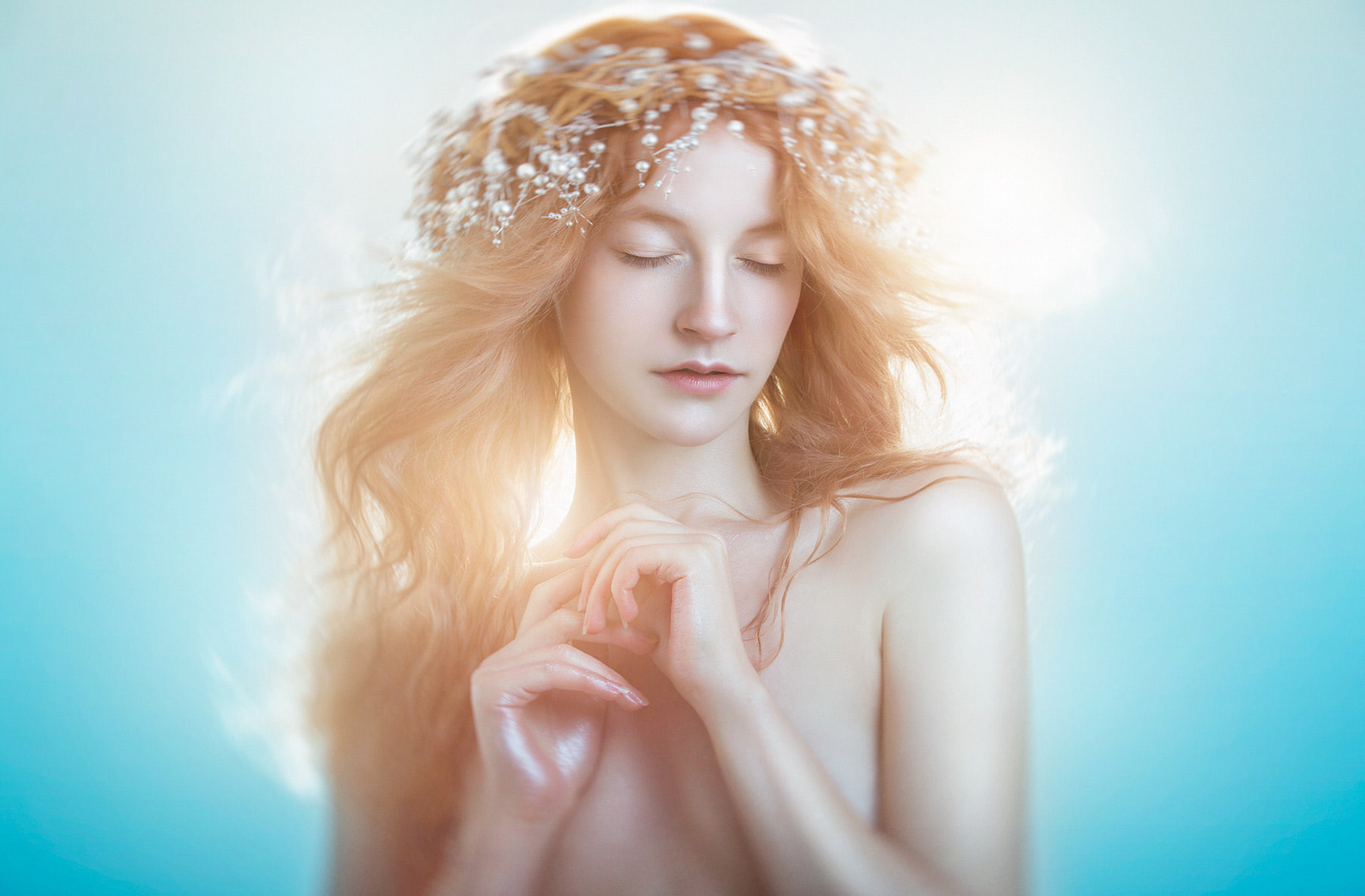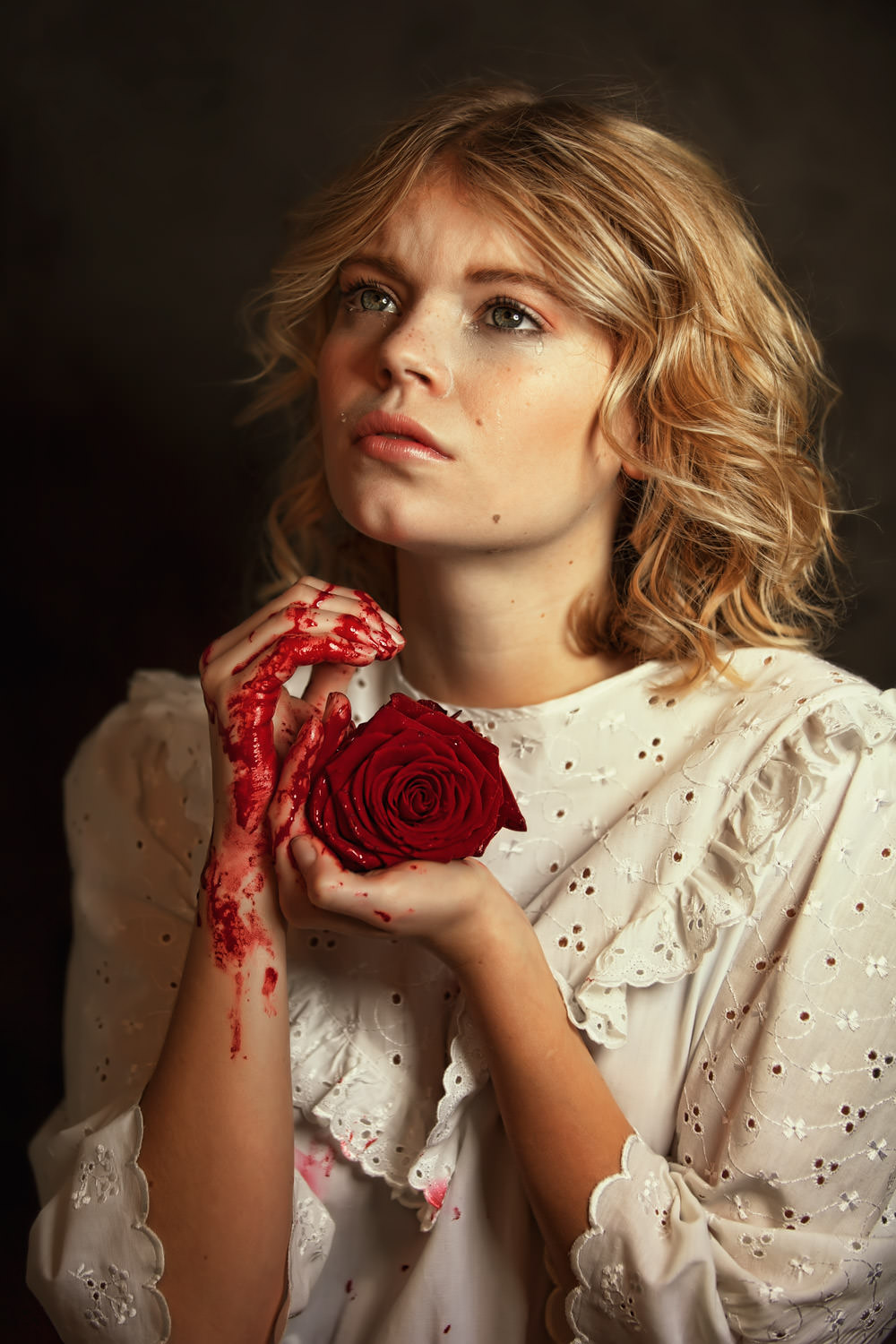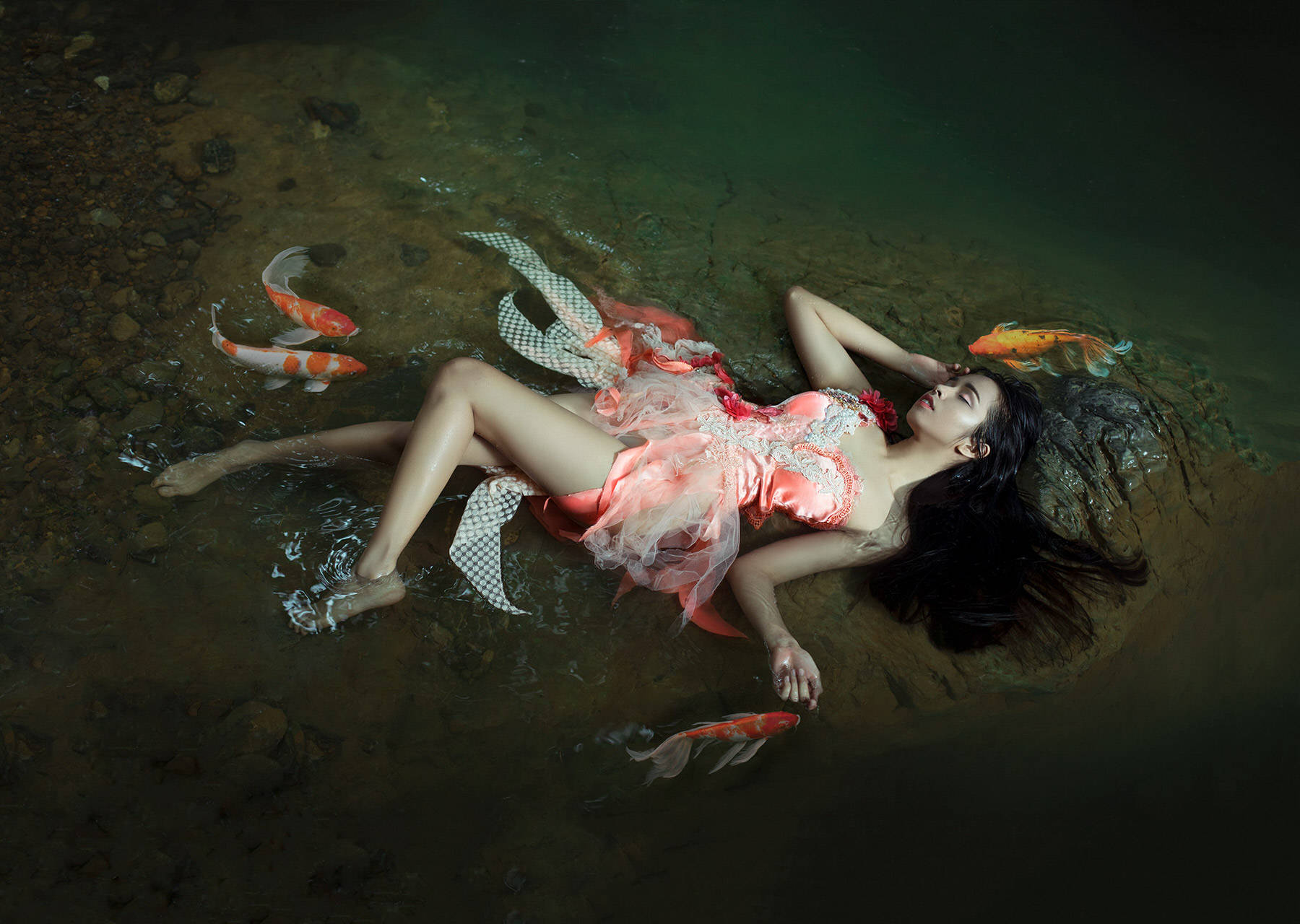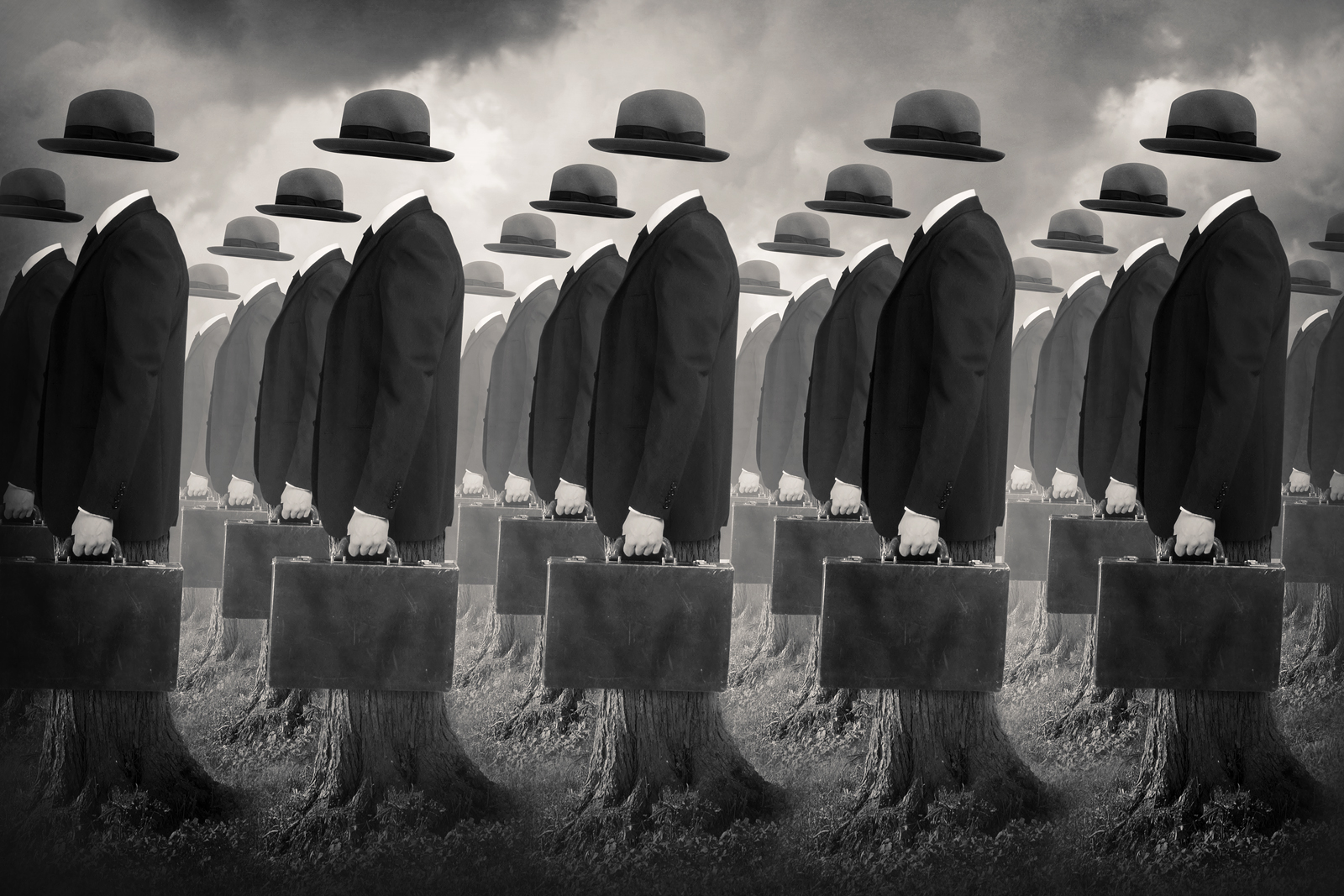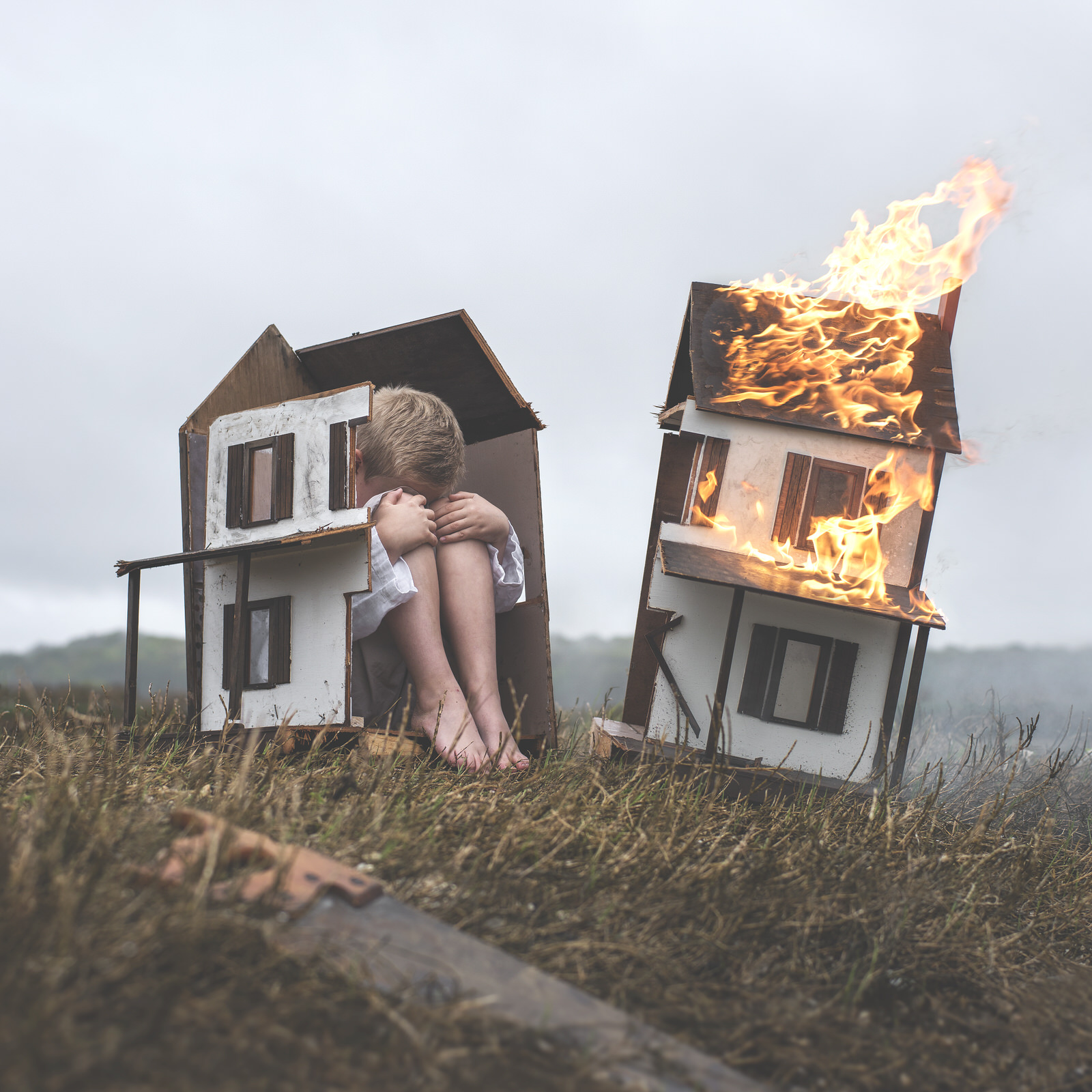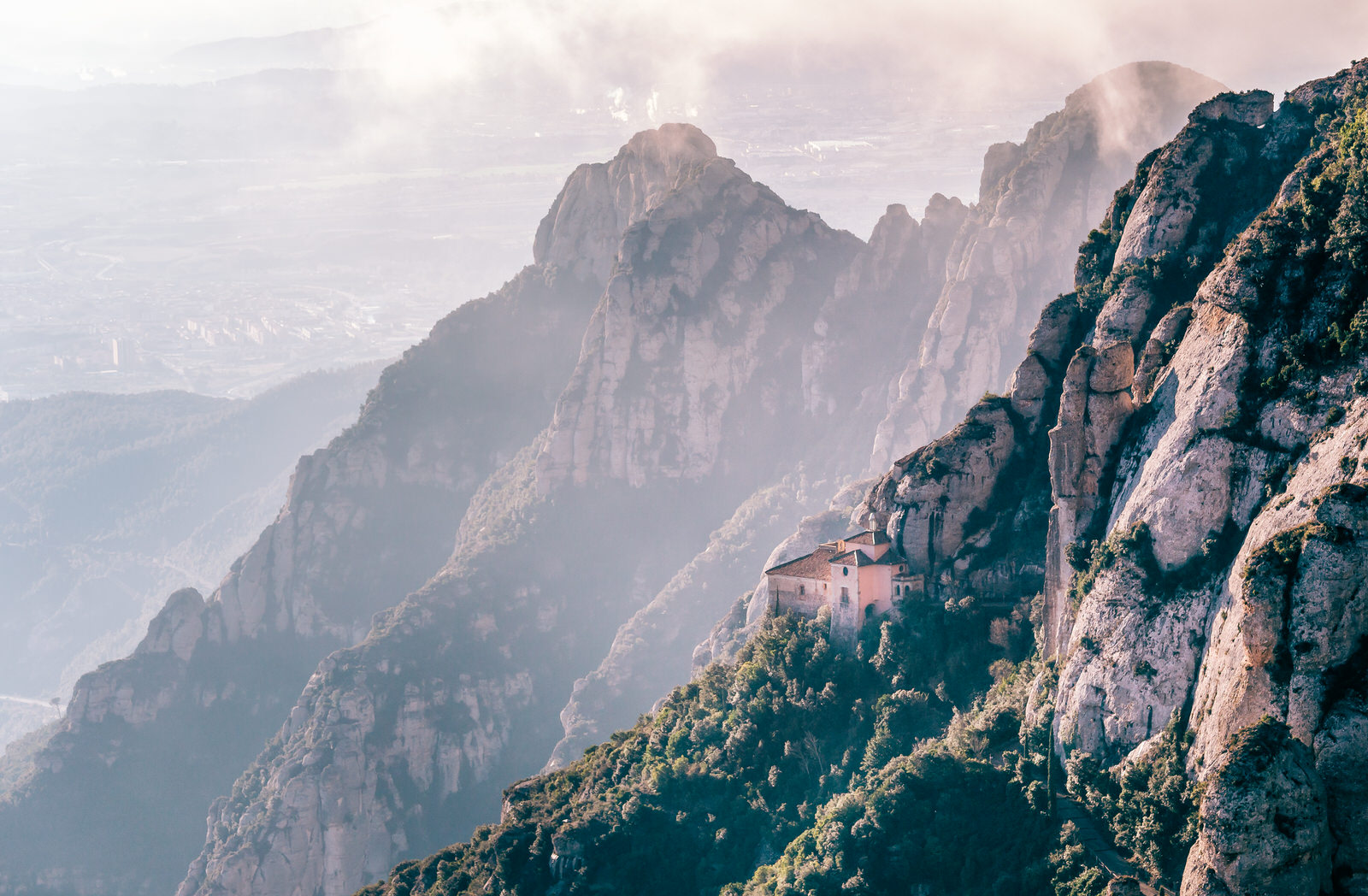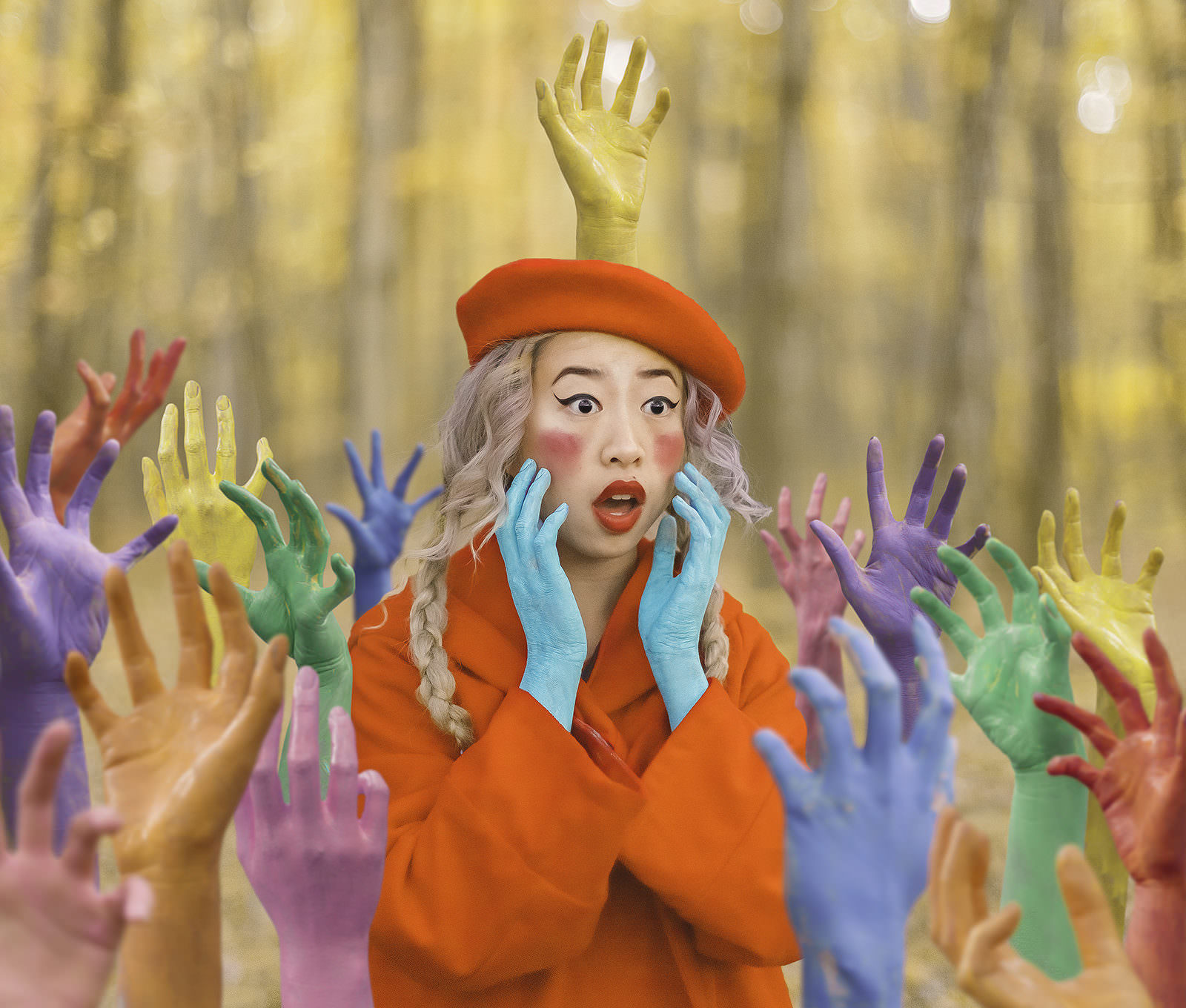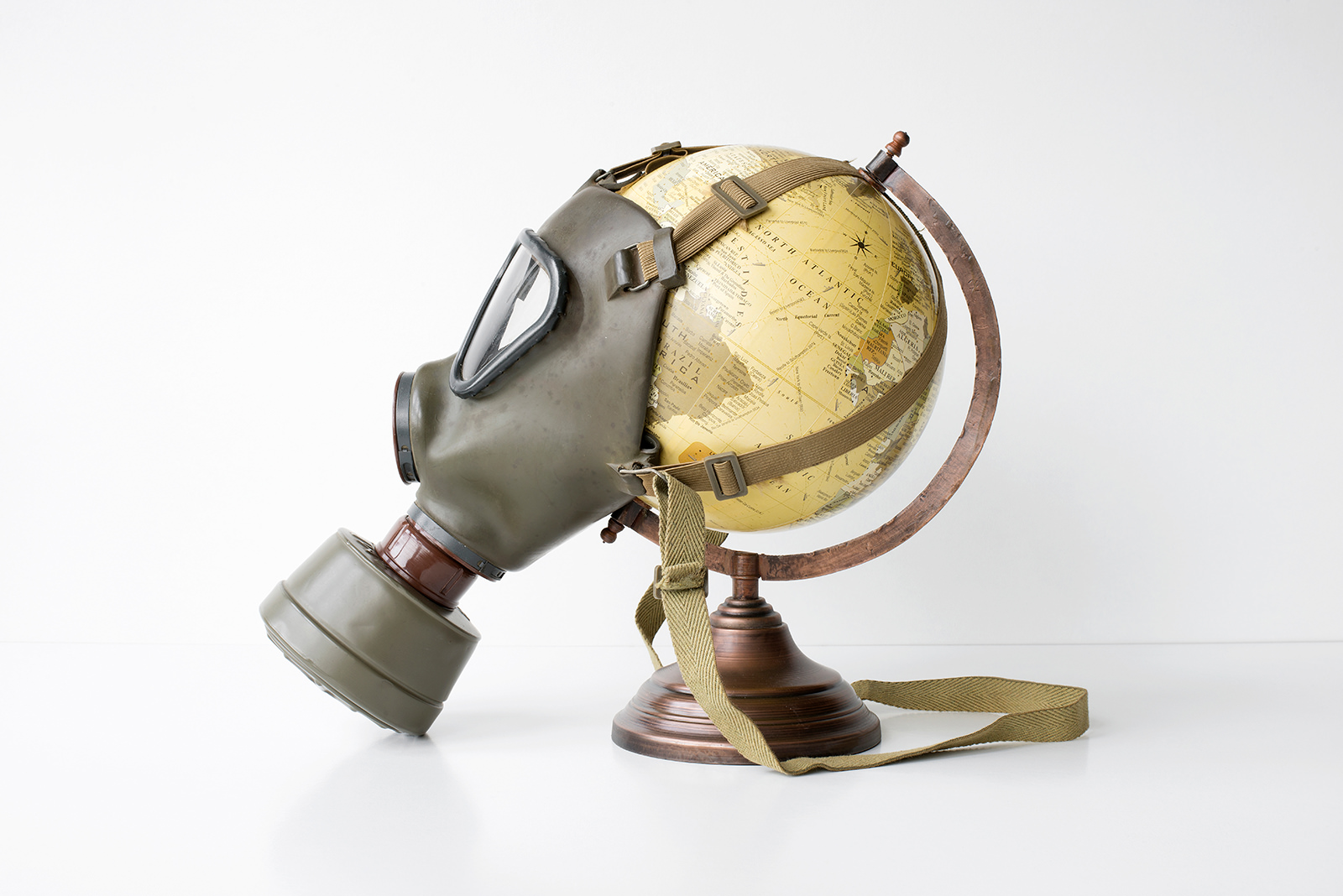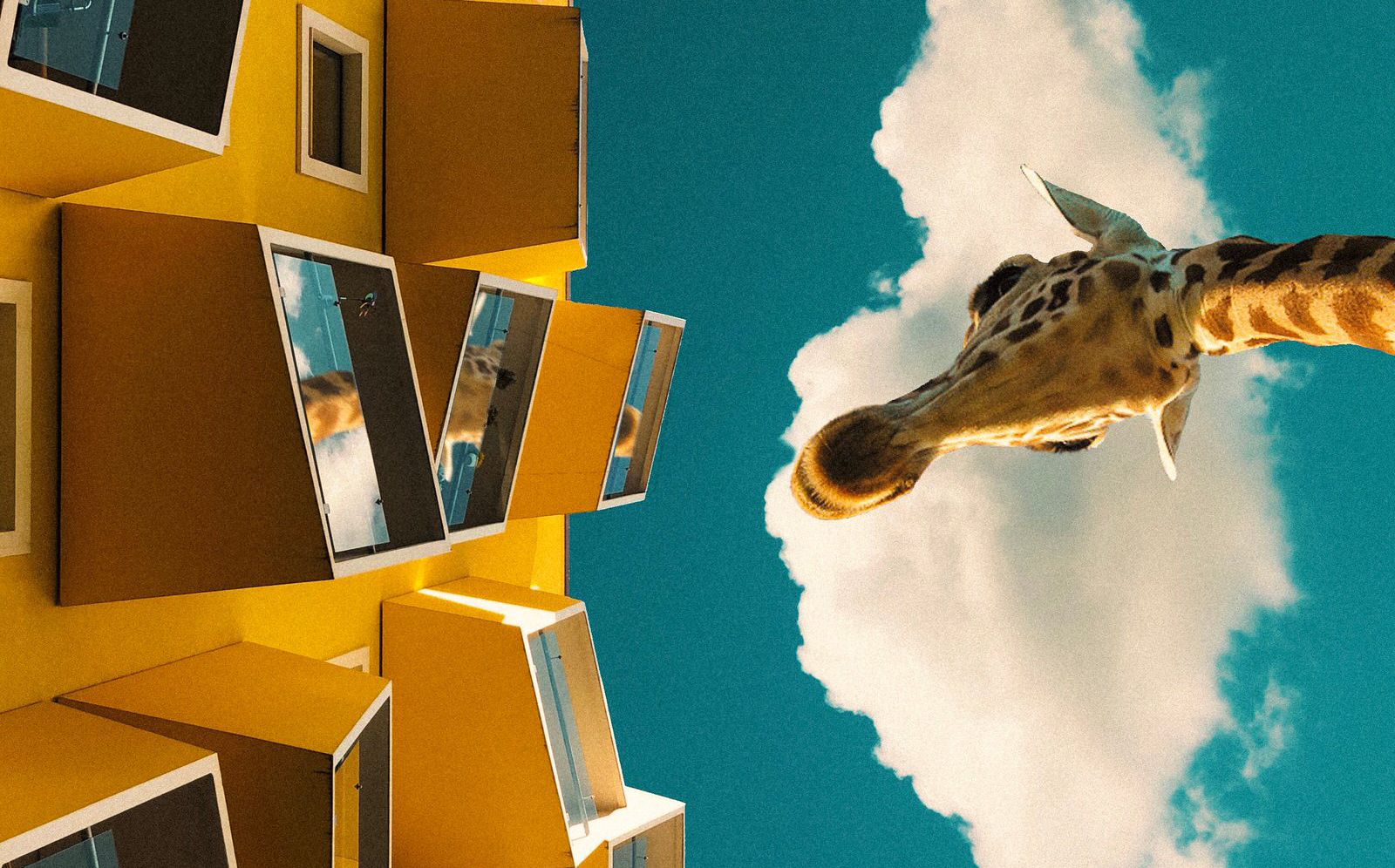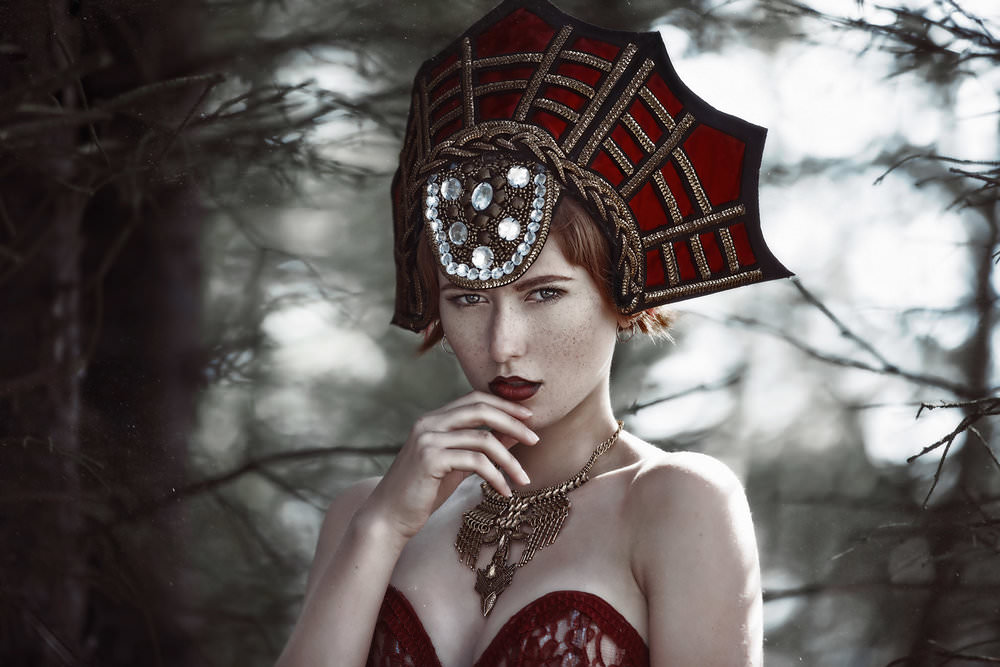
Getting Creative with Costumes and Makeup to Bring Fantasy Worlds to Life with Grace Almera
Denmark-based photographer Grace Almera merges fine art conceptual fantasy and fashion photography to bring her surreal dream worlds to life. She blends her imaginative concepts with elaborate costumes and accessories to tell stories of far-off places and fairy tale characters that are beautiful, ethereal and emotional. I had the opportunity to talk to Grace about the inspiration behind her images, her creative process, how she uses photography as a form of therapy, and her secret photoshoot chocolate stash.
You’re a self-taught photographer, is that right? When and how did you begin expressing yourself through creative mediums?
GA: It’s kind of long, but the short story is back in 2011, my aunt died because of cancer. And I had this long period of depression because of it. I was originally from the Philippines, but I migrated to Denmark when I was around 15 years old. I’m living here now with my brother and my mom and when my aunt died, she was in the Philippines. When my mom was working here in Denmark, we stayed in the Philippines with my aunt and my grandmother, so she was like a second mom to me.
So I had a really long depression and couldn’t really figure out what I wanted to do. At that time, I was taking a bachelor’s degree, so instead of going to school, I was homeschooling myself because of my depression. My boyfriend thought that it would be a good idea for me to start a hobby, so he bought me a DSLR camera (a Canon 600D). And I started going out and taking photos around our neighborhood, taking it for walks, and whenever I would go on vacation.
For the next couple of years after I got my DSLR, I started wanting to create more images that had models in them. So I asked my childhood friend to model for me. That was I think around 2014. I started taking photos of her and tried to get better at taking photos of people, I guess. I’m a bit of an introvert, so I was having a really hard time asking people to model for me. It was easier to ask friends and family, and I am eternally grateful to them, because they helped me in developing my craft, but often times I wasn’t really getting the results that I wanted, so I needed to step out of my comfort zone and asked people who were more experienced in modelling. So when I started out, I was trying to build some sort of decent portfolio to show the models my work. After I did that, I started working with other models who have more experience, and yeah, the rest is history.
Now you work as a fine art conceptual photographer. Why did you choose this medium?
GA: Like I told you, I’m a bit of a introvert, so it’s hard for me to talk to people sometimes. And with photography, it’s much easier to create an image and let it talk for you. For example, if I’m feeling a certain thing and I want to create a story about it, it helps me to just create a story of that certain emotion and just have my photos tell a story about it. Of course it’s not all the time that it’s like that, but it’s a process. And I like creating worlds and characters. It’s a sort of therapy for me.
Your images are stunning, very creative and it’s obvious that there’s a lot of imagination and work that goes into creating each one. Can you tell the readers a little bit about your creative process?
GA: Yeah. So, my process is actually very different, depending on what element I see first. I get inspired by basically everything that’s around me – by nature, the people I work with or if I see a model with a certain look that I like. Or if I go through Instagram and see a designer that I really like, whose work I really like, I will try to imagine what kind of story I would want to create with this designer’s work, and then I would start writing notes in my sketchbook when I have a certain character and idea in mind. Then I would pitch the idea to the designer and if that designer’s interested, I would then create a mood board on Pinterest and fill it up with different kinds of makeup and hair setups that would fit this character that I’m going to create. Then I would try to find a model who would fit this look, and when everything is set, I would work with the makeup artist I usually work with. I would pitch the idea to her and then I would gather a team that way.
And an idea would also come to mind if I’m bored. I would start daydreaming. Like for instance, when I was working for a jewelry company as a photographer and marketing assistant, she had this beautiful dragon ring that I was really obsessed with. It gave me the idea of creating a character that is a shape shifter, and this ring would be a sort of a magical ring that would make her transform into a human. I was trying to figure out what I wanted to do with it or how I would want this character to look. And at that time, the makeup artist that I usually work with, she just came home from a workshop and she brought with her a beautiful cape, a golden cape, that really fits the character that I wanted to do. So I pitched the idea to her and we came up with this idea of creating a makeup look that has golden leaves on the sides of the model’s face that would create the illusion of dragon scales.
Who’s your biggest inspiration then as far as influencers?
GA: Oh, there’s so many. Tim Walker. He’s amazing. And back when I was just starting photography, I liked the work of, I still like the work of Brooke Shaden. She’s amazing. She creates different kinds of composites in Photoshop that can just tell a story in one photo. There’s so much depth in her photos, so she was a big influence to me when I was just starting. And Emily Soto, as well. She’s more into fashion now, which I really, really like because I’m trying to create my images in a way that’s a mixture of fine art and fashion. That’s why I like using different kinds of elements like headpieces and props and extravagant clothing to create a story. Then there are also filmmakers like Guillermo del Toro. I really like the film “Crimson Peak.” That was a really good movie and the setting was just amazing.
How do you make each fantasy come to life as far as costume design, hair, makeup, finding the right location, setting mood, and atmosphere goes?
GA: I’m actually quite lucky because I live near the sea and there’s also a lot of forests, and I live near two castles. I can just go around our neighborhood and find different kinds of places that I can take photos in. Like 10 minutes away from here, there’s a lake that I usually go to every summer, and if I go 20 minutes walking, there’s the sea, and 5 minutes away there’s the closest castle. Sometimes I also go to Copenhagen. There’s a lot of botanical gardens that I really like.
I think Denmark is quite a magical place because we try to preserve so much of our culture. For example, I live in Helsingør, and we’re not allowed to change the small houses because it has to be like that. They try to preserve it for tourists, for example. So some of the houses, they have these different kinds of colors like light blue, pink, and it’s really a romantic place. In summer and spring, they have different kinds of flowers around these small houses, so that it’s really pretty.
How much of each image are you capturing in camera and how much is created in post?
GA: I do a lot of editing in Photoshop to essentially get the mood that I want my photos to have. But I think it’s very important to get your images right in camera. It would make editing much easier, as well. There are times when everything just goes to plan and I don’t really have to edit that much, I only have to edit the color of the photo. But there are times when, if I’m working outdoors, there would be elements that I need to take out or add in order to achieve the photo that I had in mind.
For example, if I have the model lying on the ground, then I have to clean the photos so there aren’t elements that disturb the focus of the viewer. I clean the image so it doesn’t really affect the overall composition of it. For instance, last year, I created a photo that represents a transformation of a mermaid into a human, and instead of doing the cliché and taking the photos by the sea, we went to this beautiful location full of flowers called rhododendron, this big bulk of flowers that looks like corals from far away.
I put them all in front to this huge wall of flowers and asked the model to hold one of the rhododendron flowers and pose like it’s something that she’s offering to get the legs that she wanted, kind of like “The Little Mermaid” where she offered her voice to get her legs. Then I edited the lower part of the dress to make it look like she was spiraling from a circle of froth and transforming, and then I edited the colors of the flowers and changed them into blue to represent the color of the ocean just to bind the whole story together.
And when I actually uploaded that photo on my Facebook page and shared it with different groups, [I did that] without an explanation of what this character is because I wanted them to see if they could figure out that it’s this character. And luckily some of them figured it out and explained that, “Oh, she reminds me of a mermaid transforming and the flowers in the back look like waves,” so it fit the overall concept. I was really happy with that.
A lot of editing, but I think that’s what’s exciting because I get to really be creative in Photoshop and try to create the world that I wanted. Because sometimes it’s very limiting, especially if you’re on a budget, if you don’t have a budget to create a set. Photoshop actually helps create the overall cinematic idea of the images that I create.
Do you have any particular habits that are now a part of how you begin your creative process or a repeatable work flow that you use to get started?
GA: Well, I always start with cleaning the photo. Back when I was just starting out, I was watching a lot of PHLEARN tutorials actually. One that I really liked told the viewer to create a layer, just an ordinary layer, and then to draw around the picture and see the changes that you have to make, just so you have it when you’re actually editing it and you don’t forget certain things that you need to correct in the end. So I usually do that. Then I start cleaning the skin of the model. And after that, the thing that takes a long time for me is color toning. That’s where the magic happens because that’s how you actually create the mood you want with your images.
You also have a YouTube channel where you do Photoshop tutorials and feature speed edits. How did these start? Did you always intend to start making videos or did you find that a lot of people were asking about how you approach and carry out a project?
GA: It’s because I’ve been sharing my work with different kinds of groups, and a lot of people were asking me how I edit my photos. And usually you can’t just explain it in one sentence, so I thought maybe it would be better if I just do speed edits. On YouTube, you can slow it down so it’s a normal speed, so I started doing that and people actually liked it. I try to create at least one video a month with a behind the scenes of the photoshoot itself and then a speed edit in the end. I wish I had more time to do it, but I’m also trying to learn myself how to use Adobe Premiere Pro. It’s a long process but it’s something that I do enjoy as well.
What do you do when you hit a wall during your creative process?
GA: When I get an artist’s block, I just let myself be in that moment because it’s something that happens to everyone and most of the time it results in lustrous pearls of wisdom, in a way, when you get out of it. What I usually do when I hit a wall is I push myself to create something, and it doesn’t really have to be something that’s totally planned out. I usually go through my sketchbook and try to find an idea that I haven’t created yet. And then I message the models that I usually work with and ask if they have some time to create something with me. And the funny thing is that some of my most favorite images that I’ve created are the ones that came out of these sessions because they are some sort of reminder that I’m in charge of myself and my thoughts. I actually have a really good mantra, a quote that I have. Whenever I’m feeling down, I tell myself this.
A cataclysmic storm can cause great destructions OR it can bring about fundamental change. You can choose if you want your challenges to break you or transform you.
I like to read that every time I’m having a hard time with my work or with everything, actually, because that’s how it is with challenges. You have your say to it. You decide if it’s going to transform you into a better person or into a better artist or if you want it to bring you down.
Actually, I forgot to tell you, when I was explaining about photography being my therapy, I started my Facebook page. It was called “Photography Smashed with Poetry” and that’s because I used my photos as backgrounds for quotes and poetry that I really like. I was trying to be as positive as I could despite my depression back then, so I would take photos for the quotes that I really like and then I would put it on my Facebook page. That’s how I started my page. It wasn’t named Grace Almera. I actually changed the name of it last year to my own name because people were asking who I am. So yeah, that was my form of therapy.
Over the years, you’ve been featured in a bunch of magazines and worked with some amazing people. What do you feel is your biggest accomplishment and why?
GA: That’s kind of a hard question, but I guess one of my biggest accomplishments so far was when my image was chosen to be in an exhibition in one of the most important cultural museums in Mexico. And my image was also chosen by the directors and the museum organizer to be the cover of the exhibition. It wasn’t something that I thought would happen. I just sent them my photo and then they messaged me and asked me to use it for the exhibition. And it’s one of the images that I’ve created when I was feeling down.
I was writing my master’s thesis at that point and I felt that I needed some sort of inspiration, so I wanted to do this photoshoot inspired by Romeo and Juliet. It’s a series, actually, but they only chose one of the photos to be in the exhibition because it was only one photo per artist. And I was really happy when they chose my photo because the artists that are there are some of the artists I look up to in this industry, so it was surreal for me when that happened. The picture that they’d chosen was this girl holding a big rose with blood in it.
That series (“Star-crossed Lovers”) is very dear to me because the model is actually my muse, and right now she’s just traveling around the world and I haven’t seen her for two years. Back when I was just starting out, she was also one of the models I worked with a lot and she helped me to evolve and get better, so I’m really thankful to her.
What are you focusing on right now in your work and photography? What’s next?
GA: Right now I’m going to start working as a PR and marketing assistant. [That] was actually the degree that I finished. The reason why I did photography right after I finished my master’s degree a year ago is that I didn’t want to have any regrets. I thought that if I work in PR and marketing right away without even giving photography a chance, that I would regret it, so I took a break from everything and just said, you know what, I will try photography for a whole year and see how it goes. And it went really well. Last year I was in different countries. I’m a part of an organization called Free Spirit, which is a group of different kinds of creatives who create campaigns regarding climate change. We also help people in Africa. I think they’re building a school right now, so it’s something that I’m also very proud of to be a part of.
I still have a lot of plans this year, like we’re going to do the second part of our campaign (”The Essence of Life”) for Free Spirit, which this time it would be about deforestation. So I’m not going to put it on hold, but I won’t be able to do as much photography as I did before. I am planning to merge these two things together, because for me, marketing and photography go hand in hand. So I want, in the future, to create campaigns that are more artistically inclined, so that’s why I want to have more knowledge regarding working in a company in the marketing department. That’s what I’m doing right now and I hope it goes well and hopefully, in the future, I get to merge these two things together and I’ll have my own business where I create campaigns for brands and companies. That will be really cool.
I have one final question, just for fun. There’s quite a bit about you online, but tell us one thing that we can’t find on Google.
GA: Oh, I’m not quite sure if this is a fun thing, but I have a real sweet tooth, so whenever I do a photoshoot, I prepare snacks and cakes for everyone to enjoy. So I’m kind of like the mom every time we’re shooting! And it’s the same when I’m traveling with models. I always pack chocolates or something in my bag, so that if someone is hungry…
It happened, actually, in Paris. We were waiting for the assistant to bring drinks for us and snacks while we were shooting and some of the photographers got hungry, so I told them that they could eat my chocolates. I always make sure that I have something to eat in my bag just in case someone gets hungry.
You can follow Grace and see more of her work on Instagram.
